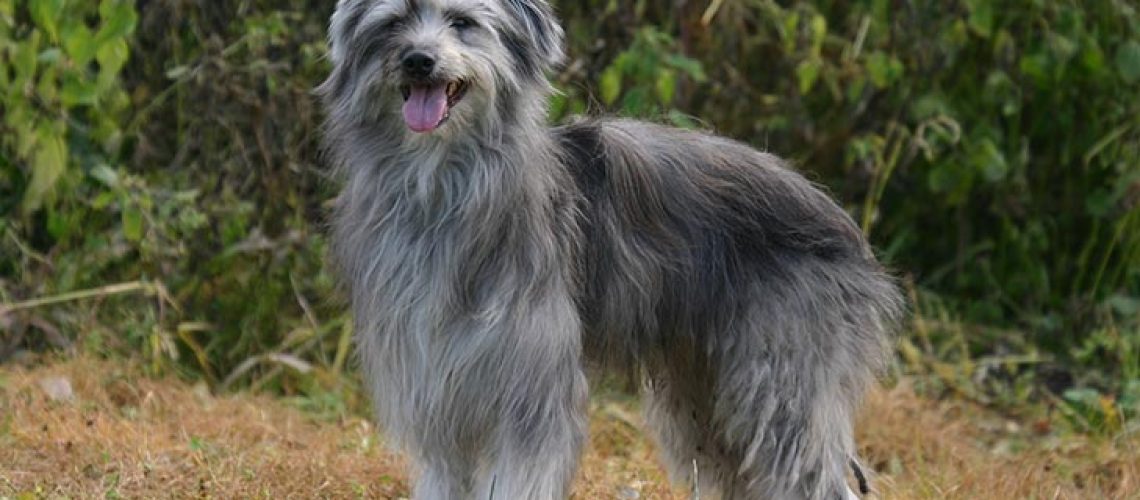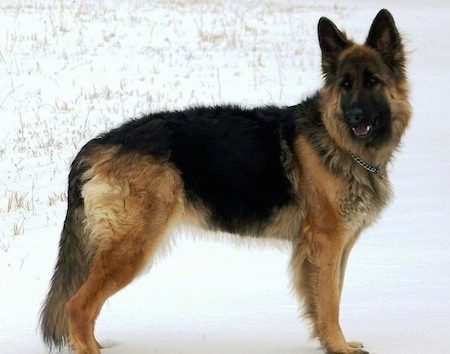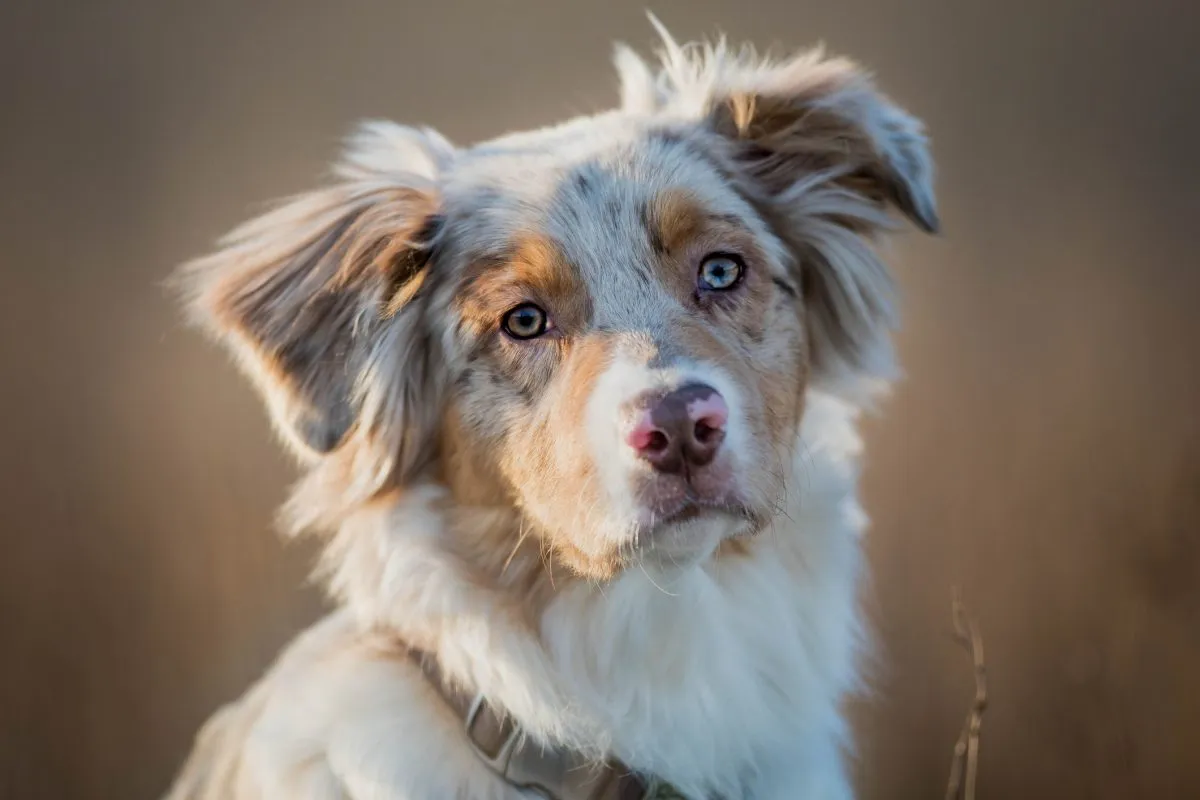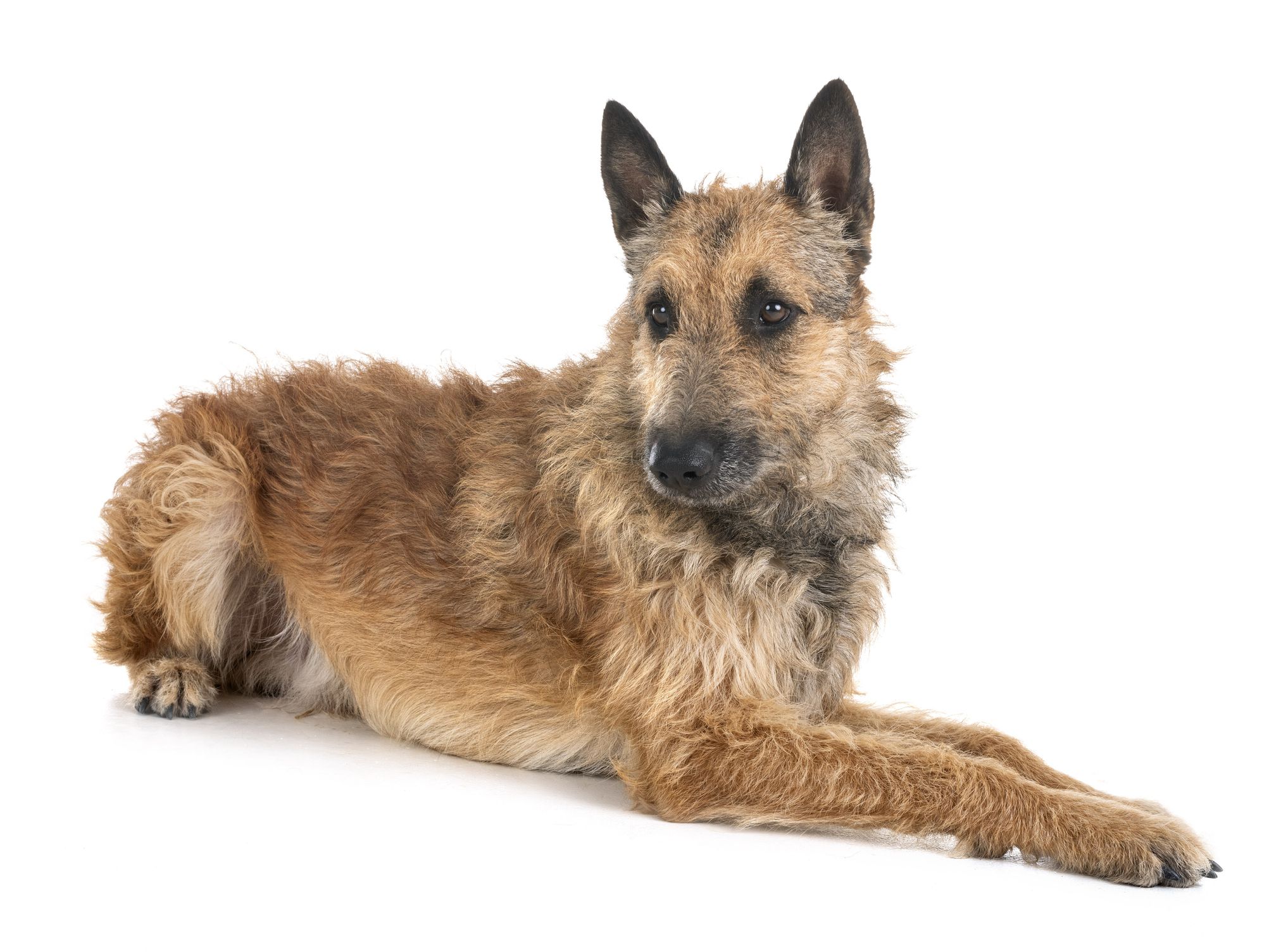Key Takeaways:
- Pyrenean Shepherds are a small to medium-sized breed known for their high energy levels and agility.
- They have a strong herding instinct and require plenty of mental and physical stimulation to prevent boredom and destructive behavior.
- Pyr Sheps are highly intelligent and trainable, but can be independent thinkers, so consistent and patient training is essential.
- They have a double coat that requires regular brushing to prevent matting, especially during shedding seasons.
- Due to their active nature, Pyr Sheps thrive in homes with an active lifestyle and owners who can provide them with ample exercise opportunities.
Are you a dog lover looking to expand your knowledge of different dog breeds? Or perhaps you're considering getting a new furry friend and want to make an informed decision? Look no further! In this article, we will explore the fascinating world of Pyrenean Shepherds, also known as Pyr Sheps. These energetic and intelligent dogs have a rich history and unique characteristics that make them stand out from the pack. Understanding the ins and outs of caring for a Pyr Shep is essential for anyone interested in owning one. So, whether you're a seasoned dog owner or just starting your journey into the wonderful world of canine companionship, join us as we dive into the world of Pyrenean Shepherds. Get ready to be captivated by their charm and discover why these dogs are truly one-of-a-kind!
What is a Pyrenean Shepherd and what are its main characteristics?
The Pyrenean Shepherd: A Versatile and Agile Herding Dog
The Pyrenean Shepherd, also known as the "Pyr Shep," is a small to medium-sized herding dog that originated in the Pyrenees Mountains of France. With their keen intelligence and natural herding instincts, these dogs have been invaluable to shepherds for centuries.
One of the main characteristics of the Pyrenean Shepherd is their agility. Their compact size allows them to navigate rough terrains with ease, making them excellent at herding livestock in mountainous regions. Their nimbleness allows them to quickly change direction and react swiftly to any changes in the flock's movement.
A Natural Herder with an Unmistakable Appearance
The Pyrenean Shepherd has a distinct appearance that sets it apart from other breeds. They come in two coat varieties: smooth-faced and rough-faced. Both types have dense double coats that protect them from harsh weather conditions while working outdoors.
This breed comes in various colors including fawn, brindle, black, or gray with or without white markings. Their almond-shaped eyes are expressive and intelligent, reflecting their alertness and attentiveness when herding.
How does the size and appearance of a Pyrenean Shepherd help it in herding?
An Ideal Size for Efficient Herding
The compact size of the Pyrenean Shepherd plays a crucial role in its effectiveness as a herding dog. Standing around 15-20 inches tall at the shoulder and weighing between 15-32 pounds, they are small enough to swiftly move through tight spaces between livestock while maintaining control over them.
Their lightweight build allows them to navigate steep slopes and rocky terrains without getting exhausted quickly. This enables them to keep up with the flock and guide them effectively, ensuring their safety and preventing straying.
Appearance: A Visual Signal for Livestock
The Pyrenean Shepherd's appearance also aids in herding. Their unique coat colors and patterns make them stand out against the neutral tones of the flock, allowing livestock to easily distinguish them as the guiding force. The contrast helps sheep or other animals recognize and follow their movements, promoting efficient herding.
Additionally, their intense gaze and focused expression communicate authority and control to the livestock. This visual signal further reinforces their role as a leader, helping to maintain order within the herd.
What are the personality traits of a Pyrenean Shepherd that make it suitable for certain owners or families?
Loyal Companions with a Strong Work Ethic
The Pyrenean Shepherds are known for their unwavering loyalty towards their owners. They form strong bonds with their families and thrive on human companionship. Whether working alongside shepherds or living as family pets, they are dedicated partners who will always be by your side.
This breed possesses a remarkable work ethic that drives them to excel in various tasks. Their intelligence and trainability make them well-suited for dog sports such as agility trials or obedience competitions. They enjoy having a job to do and will eagerly participate in activities that challenge both their minds and bodies.
An Energetic Breed Perfect for Active Owners
If you lead an active lifestyle, the Pyrenean Shepherd may be an ideal match for you. These dogs have high energy levels that require regular exercise to keep them content and prevent boredom-related behaviors from developing.
Engaging in activities like long walks, hikes, or playing fetch will not only fulfill their exercise needs but also provide mental stimulation. They thrive when given opportunities to use their problem-solving skills and channel their energy into productive outlets.
How much exercise does a Pyrenean Shepherd need, and what activities can keep them mentally stimulated?
A Daily Dose of Exercise for a Happy Pyr Shep
The Pyrenean Shepherd requires a significant amount of exercise each day to maintain their physical and mental well-being. Aim for at least 60 minutes of moderate to high-intensity activity, divided into multiple sessions throughout the day.
Activities that allow them to run, play, and explore are essential. This can include brisk walks, jogging, hiking on challenging trails, or engaging in dog sports like agility or flyball. Providing them with ample opportunities to burn off energy will help prevent behavioral issues that may arise from pent-up energy.
Mental Stimulation: The Key to a Content Pyrenean Shepherd
In addition to physical exercise, mental stimulation is crucial for the Pyrenean Shepherd's overall well-being. These dogs are highly intelligent and require mental challenges to stay sharp and content.
Consider incorporating puzzle toys, interactive games, or obedience training sessions into their daily routine. Teaching them new tricks or providing scent-based activities can also keep their minds engaged. Regular socialization with other dogs and exposure to different environments will further enrich their cognitive abilities.
How should a Pyrenean Shepherd's coat be groomed, and why is it important to maintain their fur properly?
Grooming Needs: Keeping the Pyr Shep's Coat in Top Condition
The double coat of the Pyrenean Shepherd requires regular grooming to keep it healthy and free from tangles or mats. Weekly brushing with a slicker brush or comb is necessary to remove loose hair and prevent it from getting tangled.
During shedding seasons, which occur twice a year, more frequent brushing may be required to manage the increased amount of loose fur. Trimming their nails regularly, cleaning their ears, and brushing their teeth are also essential parts of their grooming routine.
The Importance of Proper Coat Maintenance
Maintaining the Pyrenean Shepherd's coat serves several purposes. Firstly, regular brushing helps distribute natural oils throughout the fur, keeping it moisturized and reducing the risk of dryness or skin irritations. Secondly, removing loose hair through brushing minimizes shedding around the house.
Additionally, proper grooming allows owners to inspect the dog's skin for any signs of irritation, ticks, or fleas. Early detection of such issues ensures prompt treatment and prevents them from escalating into more significant health problems.
Are there common health issues that Pyrenean Shepherds may have, and how can owners prevent or manage these conditions?
Promoting Overall Health through Responsible Breeding
Responsible breeders play a crucial role in minimizing the occurrence of genetic health issues in Pyrenean Shepherds. By conducting health screenings and only breeding dogs with good genetic backgrounds, they can reduce the risk of passing on hereditary conditions to offspring.
However, like all breeds, Pyrenean Shepherds may still be prone to certain health issues. These can include hip dysplasia (a condition affecting the hip joints), patellar luxation (knee dislocation), epilepsy (seizure disorder), and progressive retinal atrophy (a degenerative eye disease).
Vigilance and Proactive Care for a Healthy Pyr Shep
While it is impossible to completely eliminate the risk of health issues, there are steps owners can take to promote the overall well-being of their Pyrenean Shepherds. Regular veterinary check-ups, a balanced diet, and appropriate exercise are essential components of preventive care.
Owners should also be vigilant in observing any changes in their dog's behavior or physical condition. Early detection of symptoms can lead to prompt treatment and better management of potential health issues. Maintaining a healthy weight, providing a safe environment, and avoiding excessive stress or overexertion can also contribute to the long-term health of these dogs.
Tips for training a Pyrenean Shepherd puppy, including basic commands and socialization techniques.
Start Early: The Importance of Puppy Training
Training a Pyrenean Shepherd puppy should begin as early as possible. Their intelligence and eagerness to please make them quick learners when provided with consistent guidance and positive reinforcement.
Basic obedience commands such as "sit," "stay," "come," and "down" are essential foundations for their training. Teaching them these commands using reward-based methods like treats or praise will motivate them to perform well.
Socialization: Shaping a Well-Balanced Pyr Shep
Socializing your Pyrenean Shepherd puppy is crucial for developing good manners and ensuring they grow up to be well-rounded dogs. Expose them to various people, animals, sounds, and environments from an early age.
Arrange playdates with other friendly dogs, introduce them to different surfaces such as grass or pavement, and let them experience new sights and sounds. This exposure will help prevent fearfulness or aggression towards unfamiliar situations later in life.
In conclusion, the Pyrenean Shepherd, or Pyr Shep, is a small and energetic dog breed known for its intelligence and agility. With proper care, training, and exercise, they can make wonderful companions for active families.
Are Pyrenean shepherds good family dogs?
The Pyrenean Shepherd is a highly energetic dog that enjoys participating in various daily activities. This breed requires an active owner or family who can keep up with their energy levels. While they can get along with children if they are raised together, they may still exhibit herding instincts and may nip or chase after them.
Do Pyrenean shepherds bark a lot?
Here are three advantages and disadvantages of owning a Pyrenean Shepherd. Due to their high level of energy, they are well-suited for an active family. However, they need to be taught not to chase and nip at children. Additionally, they are easily excited and tend to bark frequently due to their nervous energy.
What are the health issues with Pyrenean shepherds?
The Pyrenean Shepherd is known for its good health and long lifespan. Breeders who prioritize the health of their dogs will carefully screen for conditions like hip dysplasia, patellar subluxation, patent ductus arteriosus (PDA), epilepsy, and eye defects such as choroidal hypoplasia (CH) and progressive retinal atrophy (PRA).
What is the difference between a Pyrenean Shepherd and a Great Pyrenees?
Although the Great Pyrenees is a large and imposing breed, the Pyrenean Shepherd is considerably smaller and quicker, resembling a soccer player rather than a goalkeeper.
Do Great Pyrenees dogs like to cuddle?
Great Pyrenees dogs enjoy cuddling with their family members and are very tolerant of anything the members of their "flock" do. They highly value affection, both physical and emotional. While Great Pyrenees puppies are easy to house train, they can be rough on furniture. These dogs prefer to be with their family and can be kept as both indoor and outdoor pets.
Are Great Pyrenees good to be left alone?
Despite being very attached to their family, Great Pyrenees can tolerate being left alone for a span of five to eight hours as long as they are provided with sufficient exercise and mental stimulation. However, if they are not given enough activities to keep them entertained, they may become destructive and exhibit behaviors such as howling or barking.

















